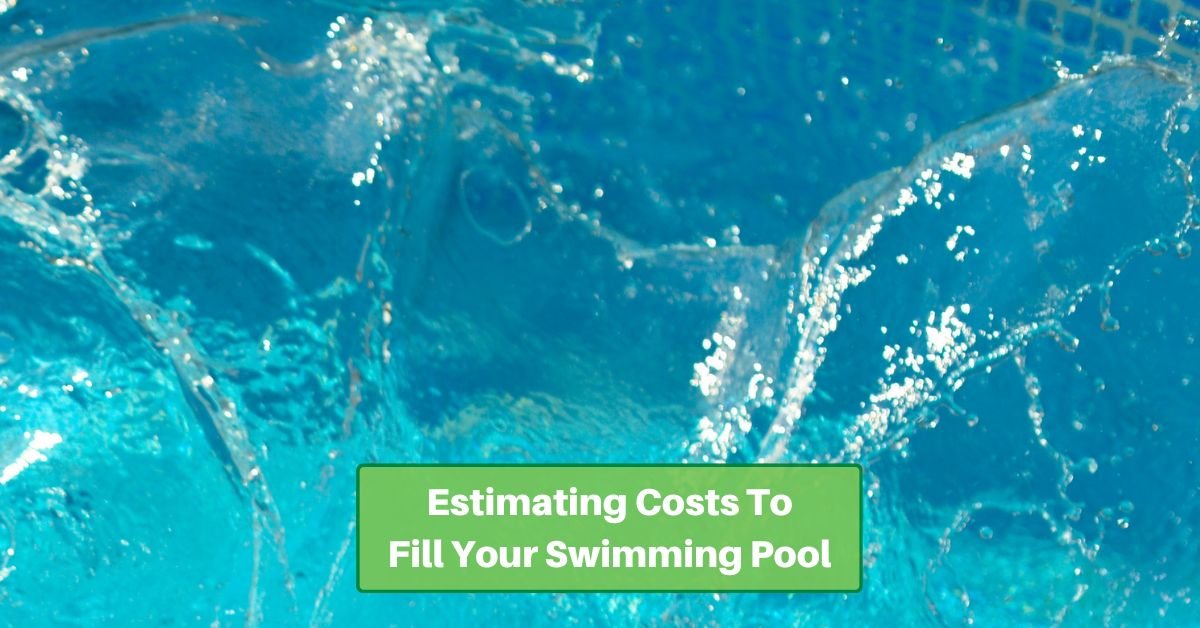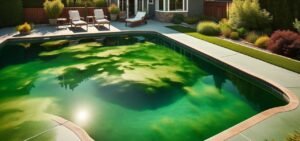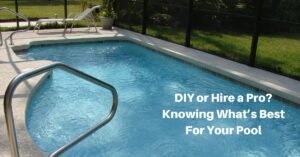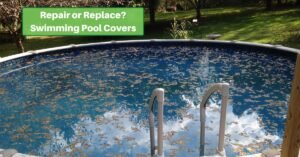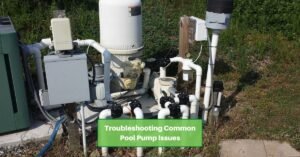Owning a swimming pool can be a source of endless summer fun, but it also comes with responsibilities, including managing water usage and the costs that come with it. Understanding how to estimate your water bill when you have a swimming pool is important for maintaining your budget while keeping your pool in top shape.
This article will guide you through calculating your pool’s water volume, factoring in regular usage, evaporation, and other key factors to help you make informed decisions about water consumption and conservation.
Step 1: Calculate Pool Volume
The first step in estimating your water bill is to determine the volume of your pool. Pool volume is measured in gallons or cubic meters. Most residential pools in the United States are measured in gallons.
To calculate the volume of a rectangular or square pool:
- Length (in feet) × Width (in feet) × Average Depth (in feet) × 7.5 = Pool Volume (in gallons)
For a circular pool:
- Diameter (in feet) × Diameter (in feet) × Average Depth (in feet) × 5.9 = Pool Volume (in gallons)
Don’t want to do the math yourself? Check out our calculator for the cost of filling an empty pool.
Step 2: Factor in Regular Pool Usage
Regular pool usage leads to water loss. That includes things like swimming, splashing, and water play. The average pool loses about 1-2 inches (2.5-5 cm) of water per week due to evaporation and normal use.
This translates to around 7,000-14,000 gallons of water per year for a standard-sized pool. Multiply this figure by your local water rate to estimate the cost of replenishing water lost through regular use.
Step 3: Account for Evaporation
Evaporation is another significant contributor to water loss in swimming pools, especially during hot and windy weather. It varies based on climate and environmental factors, but a general rule of thumb is that pools lose about 3-5 feet (0.9-1.5 meters) of water annually due to evaporation. Consider multiplying the evaporation rate by your pool’s surface area to estimate the volume of water lost and the corresponding cost.
You can redo your calculations from step 1 to figure this out. Just add 3 or 5 to the depth, and do the multiplication over.
Step 4: Include Additional Water Factors
Several other factors can lead to increased water usage in your pool:
Backwashing
If you have a sand or DE (diatomaceous earth) filter, backwashing is necessary to remove debris and maintain water clarity. Backwashing can lead to a significant amount of water being wasted. Factor in this loss when estimating your water bill.
Refilling
Over time, water is lost due to splashing, draining, and leaks. It’s important to address leaks promptly. And in the long run, it’s cheaper than regularly topping off your pool.
Water Features
Pools with water features such as fountains, waterfalls, and jets can lead to increased evaporation rates. This will have a larger impact on your water bill.
Step 5: Monitor and Conserve
Once you’ve estimated your pool’s water usage and the associated costs, it’s time to consider ways to conserve water and minimize your bill:
Cover Your Pool
A pool cover can significantly reduce evaporation and heat loss, helping you save on water and energy.
Regular Maintenance
Maintain your pool equipment, including fixing leaks and keeping filters clean, to minimize water wastage.
Mindful Backwashing
Only backwash your pool filter when necessary. If you notice increased pressure on the filter gauge, it may be time to backwash.
Check for Leaks
Regularly inspect your pool and its equipment for leaks. A small leak can lead to substantial water loss over time.
Consider a Water-Saving Timer
Invest in a timer for water features that automatically adjusts their operation during peak evaporation times.
Estimating your water bill with a swimming pool requires a combination of calculations and considerations. You’ll need to do some math and account for water lost through play, evaporation, and other reasons. Adopting water-saving practices and keeping up with pool maintenance can help you minimize waste, conserve resources, and keep your budget in check.

